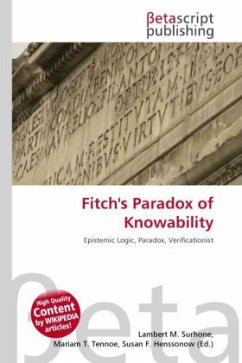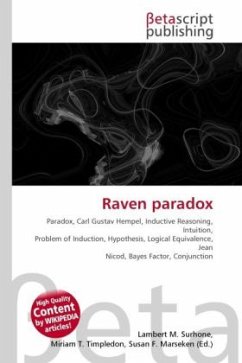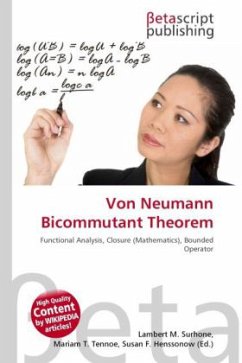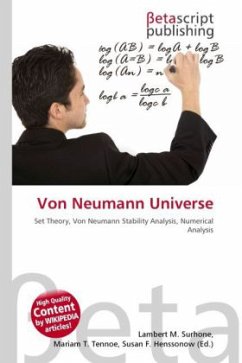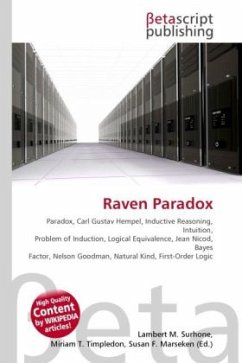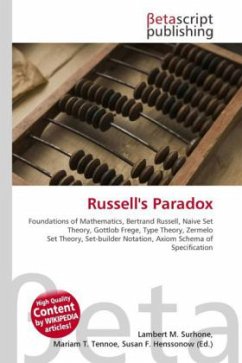High Quality Content by WIKIPEDIA articles! In mathematics, the von Neumann paradox, named after John von Neumann, is the idea that one can break a planar figure such as the unit square into sets of points and subject each set to an area-preserving affine transformation such that the result is two planar figures of the same size as the original. This was proved in 1929 by John von Neumann, assuming the axiom of choice. It followed on the work of Stefan Banach and Alfred Tarski, who proved a similar paradox in three dimensional space (the Banach-Tarski paradox), but using only isometric transformations (Euclidean motions). Banach and Tarski had proved that, using isometric transformations, the result of taking apart and reassembling a two-dimensional figure would necessarily have the same area as the original. This would make creating two unit squares out of one impossible.


